While most patients achieve a satisfying outcome from their initial facelift procedures, some may experience less-than-satisfactory results if an inexperienced or unqualified surgeon performs the procedure. If you’re disappointed in your facelift results, you’re not alone in this experience. I’ve encountered many patients who’ve faced the same predicament, and I’ve helped them achieve their desired results through facelift revision surgery.
This blog post will discuss facelift revision surgery, from when to consider it and what it can achieve to important qualifications to look for when choosing a surgeon.
How Common Is Facelift Revision Surgery?
Facelift revision surgery is also known as secondary or corrective facelift surgery. According to the American Society of Plastic Surgeons (ASPS), primary facelift surgeries have a high satisfaction rate, with the majority of patients achieving their desired outcomes. One study published in Plastic and Reconstructive Surgery found that 97.8% of patients believed their results to be “very good” or “beyond expectations.”
Still, facelift revision surgery is an option for those who experience issues with their primary facelift results or desire further refinements. Estimates suggest that approximately 5 to 15% of facelift patients may seek revision surgery at some point.
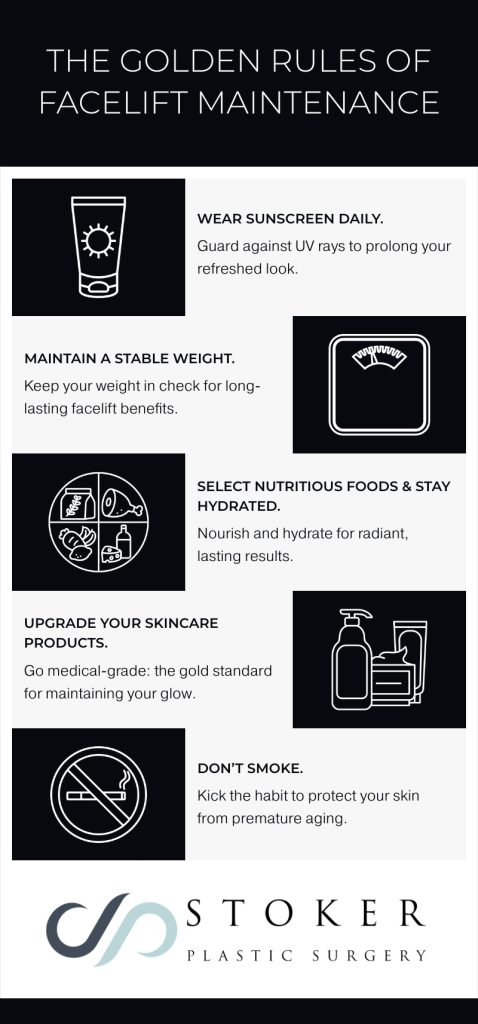
What Can Facelift Revision Surgery Achieve?
Common reasons patients seek facelift revision surgery include dissatisfaction with the initial results, changes in appearance due to aging, or complications arising from the first surgery.
Secondary facelift surgery aims to address concerns that emerge or persist after the initial facelift or to further refine and optimize results. Facelift revision surgery can:
Correct Insufficient Results
In some cases, the initial facelift may not have achieved the desired level of correction. Revision surgery can address remaining concerns for a comprehensive rejuvenation.
Improve Symmetry
Facial asymmetry may occur after a facelift due to variations in healing or surgical outcomes. Revision surgery can correct these imbalances for a more harmonious appearance.
Address Age-Related Changes
The aging process continues after a facelift, and some patients may opt for revision surgery to address new signs of aging or to maintain their rejuvenated appearance.
Reduce Scarring
Revision surgery can address scar-related concerns.
A skilled, experienced surgeon can achieve remarkable corrections—restoring natural facial contours and creating a more youthful appearance while maintaining a natural look.
Stoker Plastic Surgery: Facelift Before & After Photos
The patients featured in the before-and-after photos below have undergone a deep plane Traceless facelift at Stoker Plastic Surgery:
How Long After a Facelift Can I Have Revision Surgery?
While there’s no fixed time frame, it’s generally advisable to wait several months to one year after the initial facelift before considering revision surgery. This allows time for the swelling to subside and the tissues to settle.
Your surgeon can help you determine the optimal timing for your situation—assessing your healing progress, addressing your concerns, and collaboratively planning the next steps.
What Can I Do To Make Sure I Get Good Results?
While some factors influencing the need for revision surgery are beyond your control, you can take steps to enhance the likelihood of achieving satisfying results:
1. Choose a Qualified and Experienced Surgeon
Selecting a skilled and experienced plastic surgeon is the most critical step in achieving your desired outcome. Research potential surgeons thoroughly and review their credentials. Consider only board-certified surgeons who have undergone rigorous training and adhere to the highest standards of safety and ethics.
2. Review Before-and-After Photos
Examine the surgeon’s portfolio of before-and-after photos. Look for consistency, natural-looking results, and evidence of expertise in addressing issues similar to yours. This essential step offers insight into the surgeon’s skill, aesthetic eye, and the types of results you can expect.
3. Make the Most of Your Consultation
Have an in-depth conversation with your surgeon prior to your procedure. This is your opportunity to communicate your goals, expectations, and concerns and to get your surgeon’s feedback and suggestions. A collaborative decision-making process typically brings the best results. It’s best if you can bring your initial facelift’s operative report with you to this consultation.
4. Maintain Realistic Expectations
While a facelift can provide significant rejuvenation, it doesn’t stop the aging process. Understanding the limitations of the surgery helps manage expectations.
5. Understand the Procedure
Educate yourself about the procedure, including the techniques used and what to expect during recovery. Understanding what’s involved contributes to a smoother experience.
6. Follow Preoperative Instructions
Adhere to all preoperative instructions provided by the surgeon. This may include lifestyle modifications, medication adjustments, and other recommendations to optimize the surgical outcome.
7. Postoperative Care
Follow all postoperative care instructions diligently, including proper wound care, activity restrictions, and attending scheduled follow-up appointments.
8. Commit to a Healthy Lifestyle
Maintaining a balanced diet, staying hydrated, avoiding smoking, and protecting the skin from sun damage contributes to optimal results.
To ensure the best possible outcome, meticulous research, surgeon selection, and adherence to preoperative and postoperative guidelines are essential. By prioritizing these considerations, you can increase the likelihood of achieving your aesthetic goals and enjoying the long-lasting benefits of a successful facelift.
How Much Does a Facelift Revision Cost?
Because of the increased complexity involved, the cost of facelift revision typically exceeds that of primary facelift surgery. The treatment plan is highly customized, so your price will be determined during your consultation. Depending on your needs, the surgery may involve additional treatments such as laser skin resurfacing, fat transfer, or eyelid surgery to achieve optimal results.
Take the Next Step
If you’re unhappy with the results of your primary facelift, know there is hope for improvement. Stoker Plastic Surgery has earned a reputation as a top choice for patients seeking the best facelift in Los Angeles. I’ve worked with many facelift revision patients, addressing their concerns and achieving outstanding outcomes that exceed their expectations.
To speak with a renowned, board-certified plastic surgeon about your options, please call our office today at (310) 300-1779 or request a consultation using our online form.

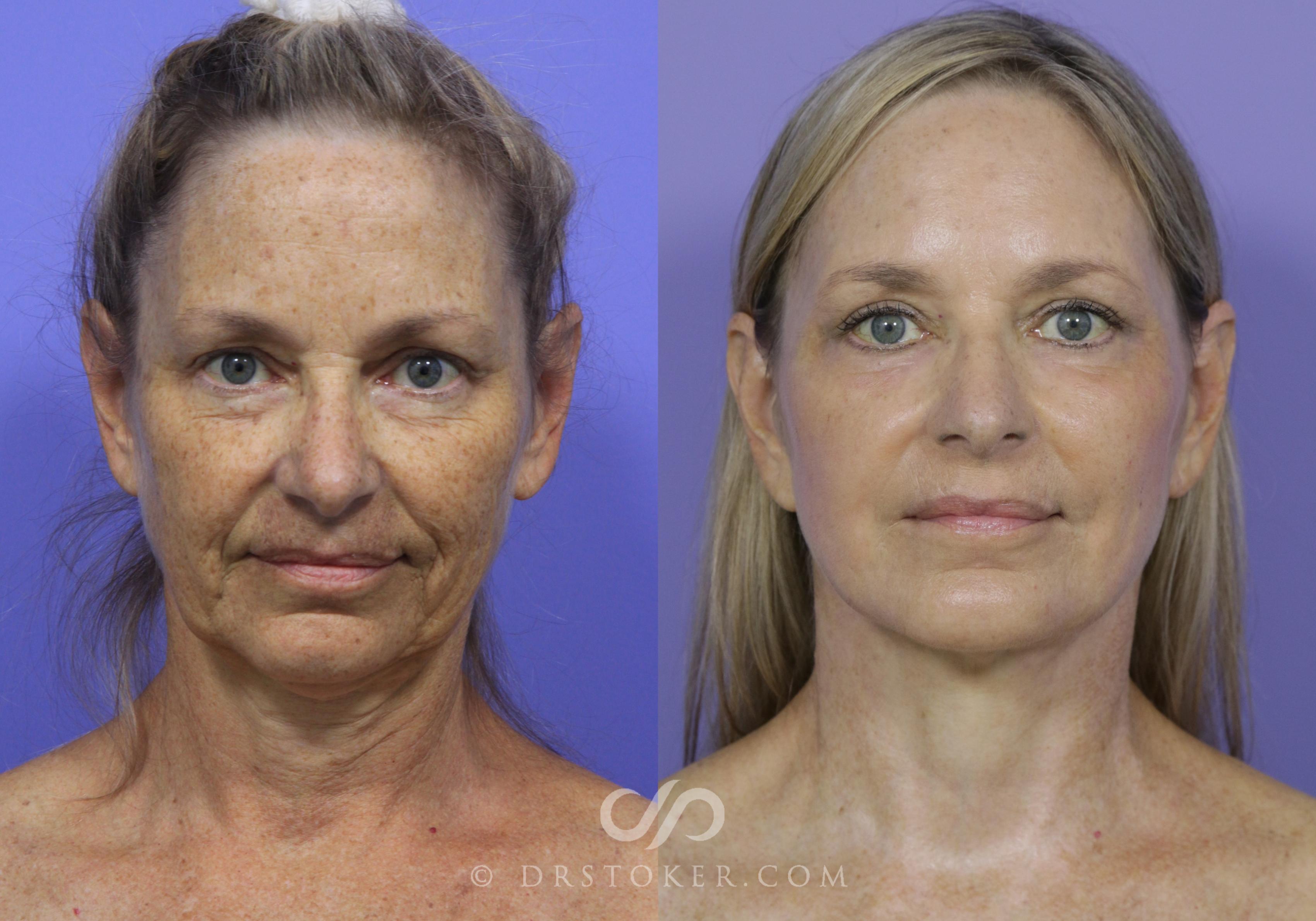
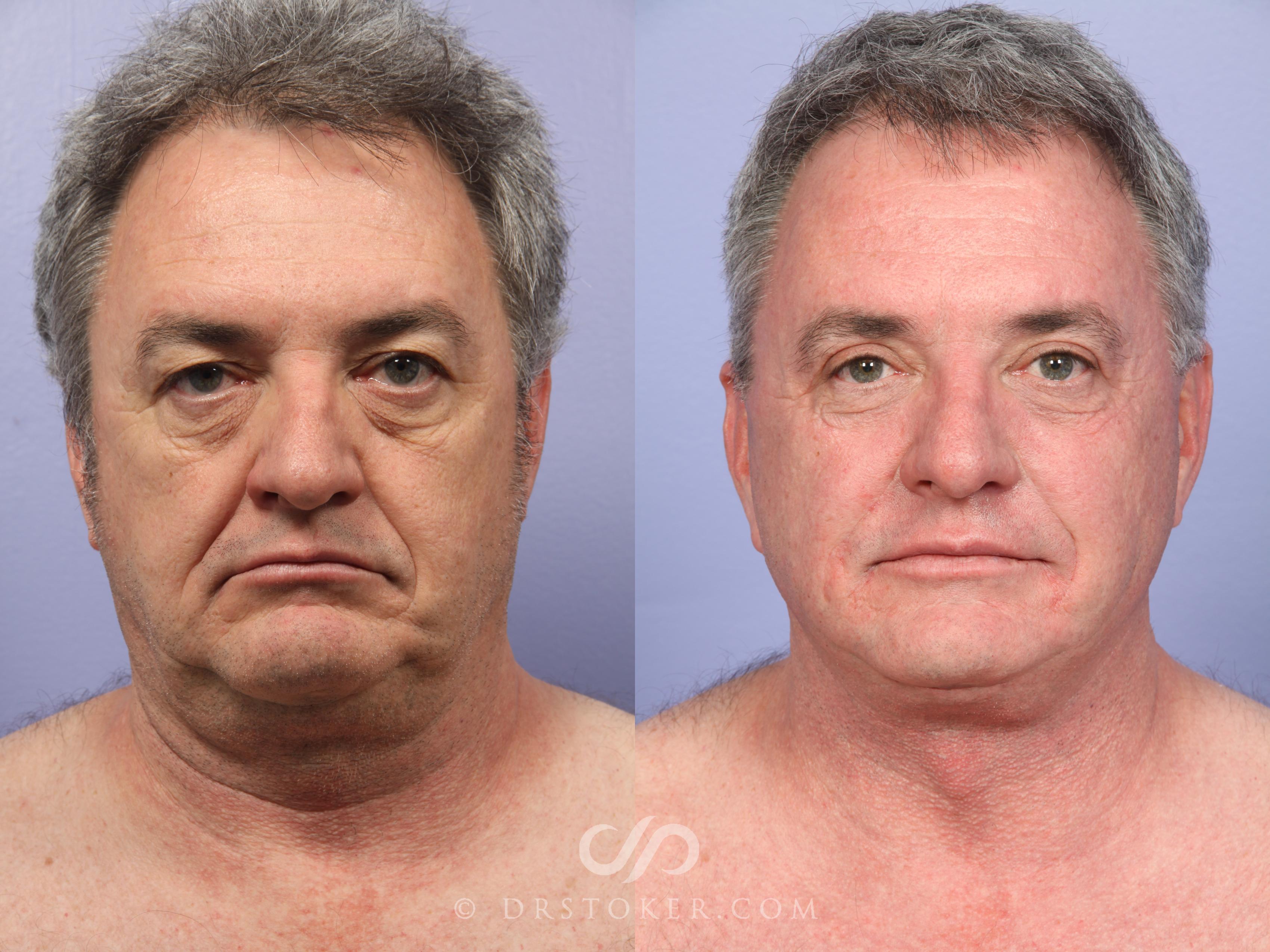


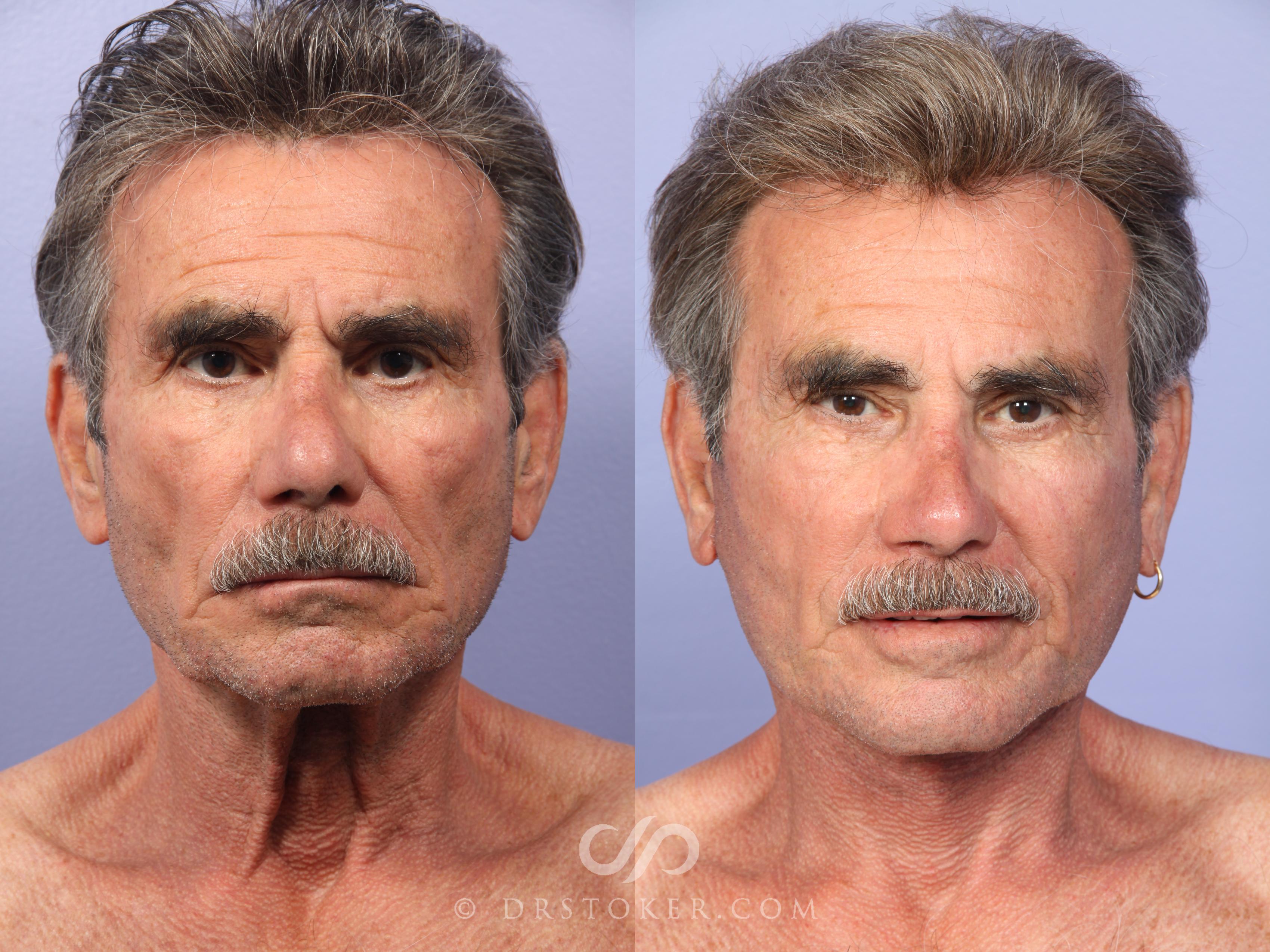
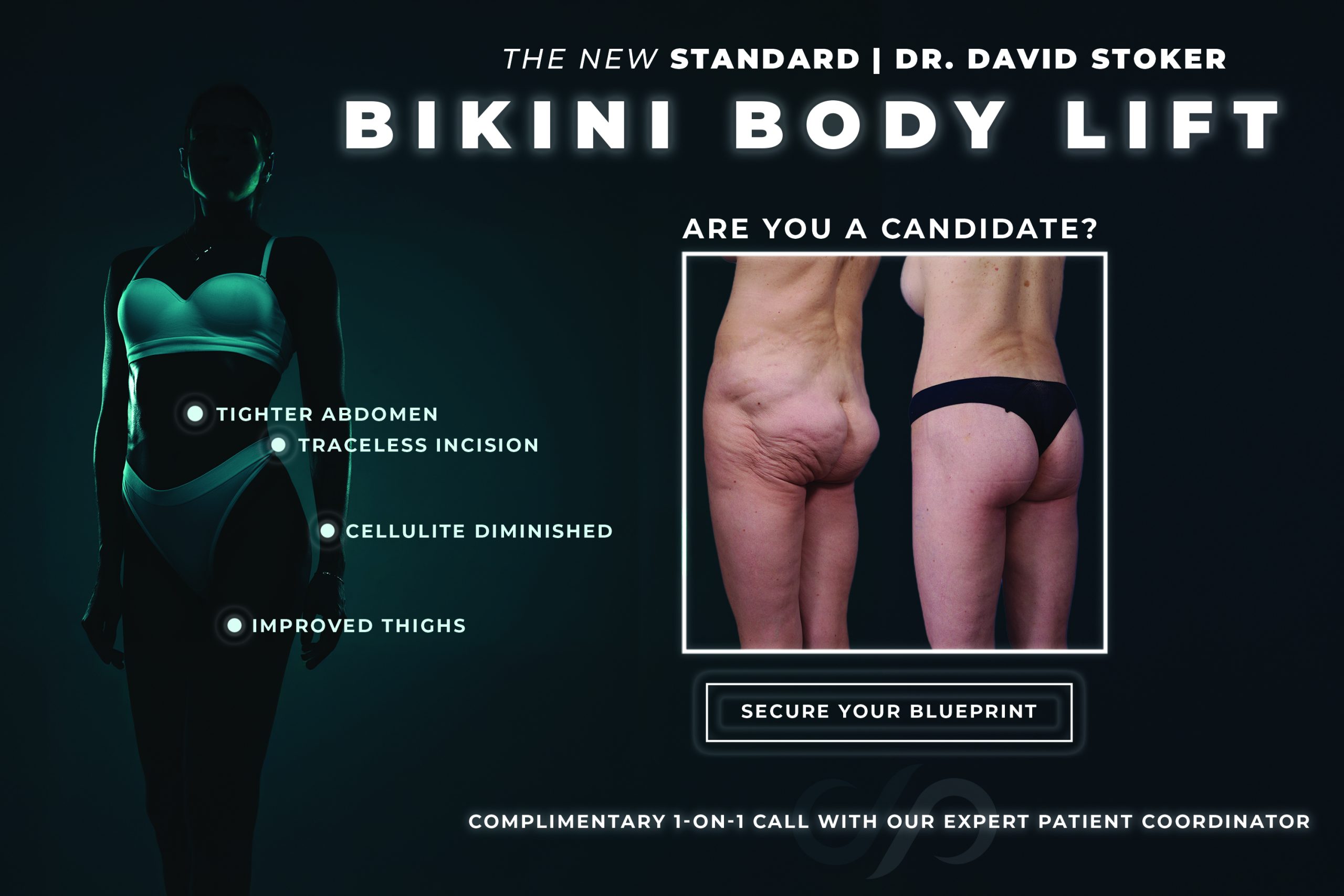
Leave a Reply